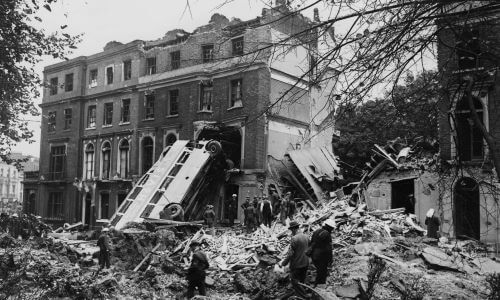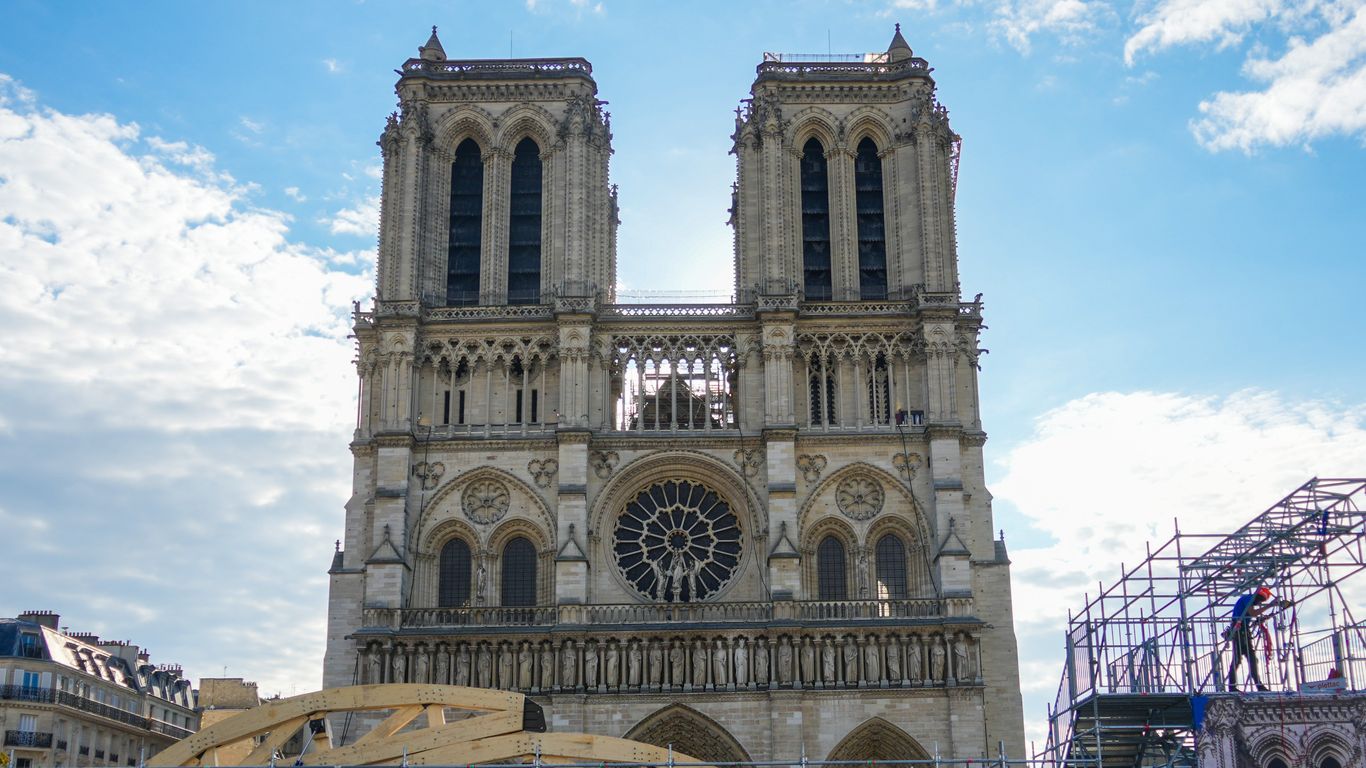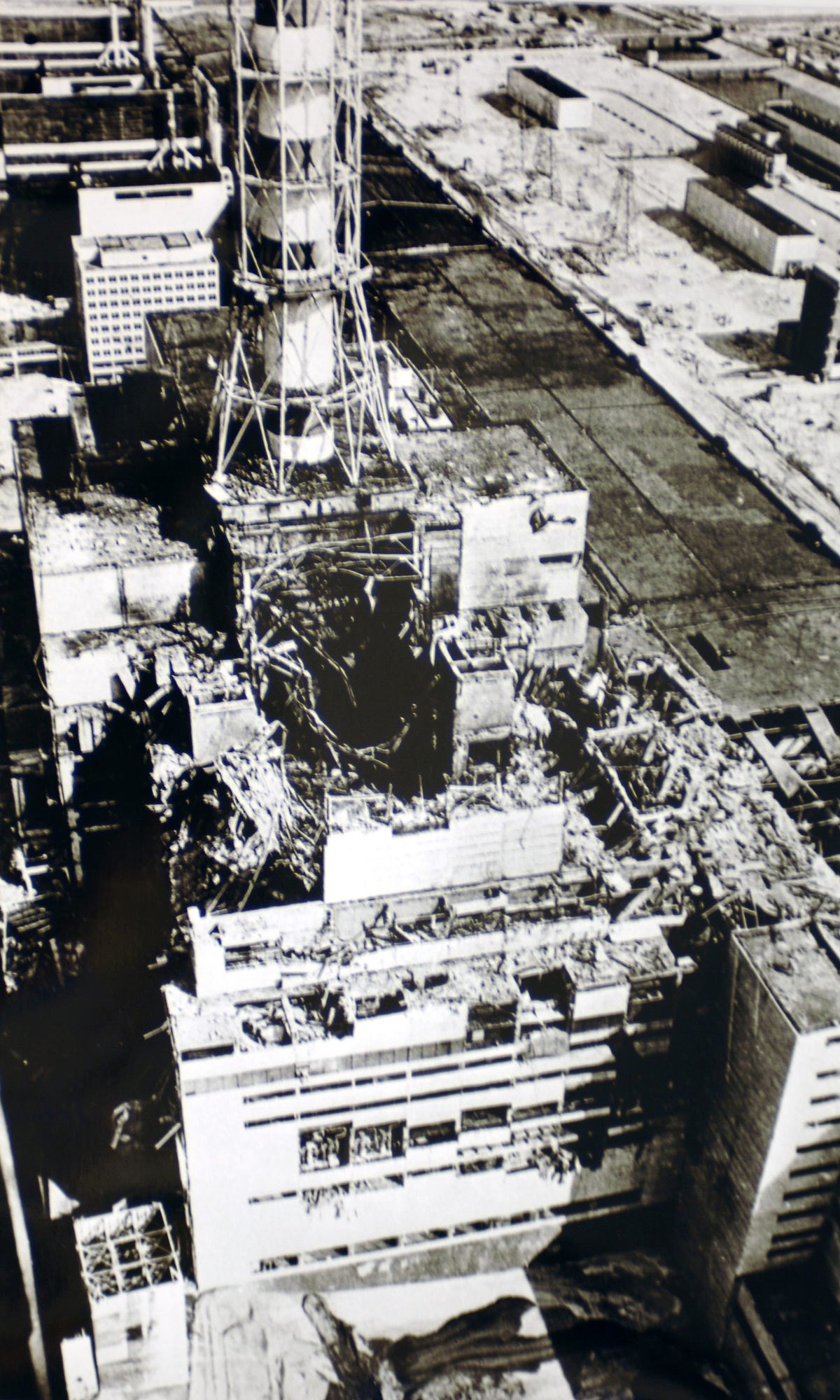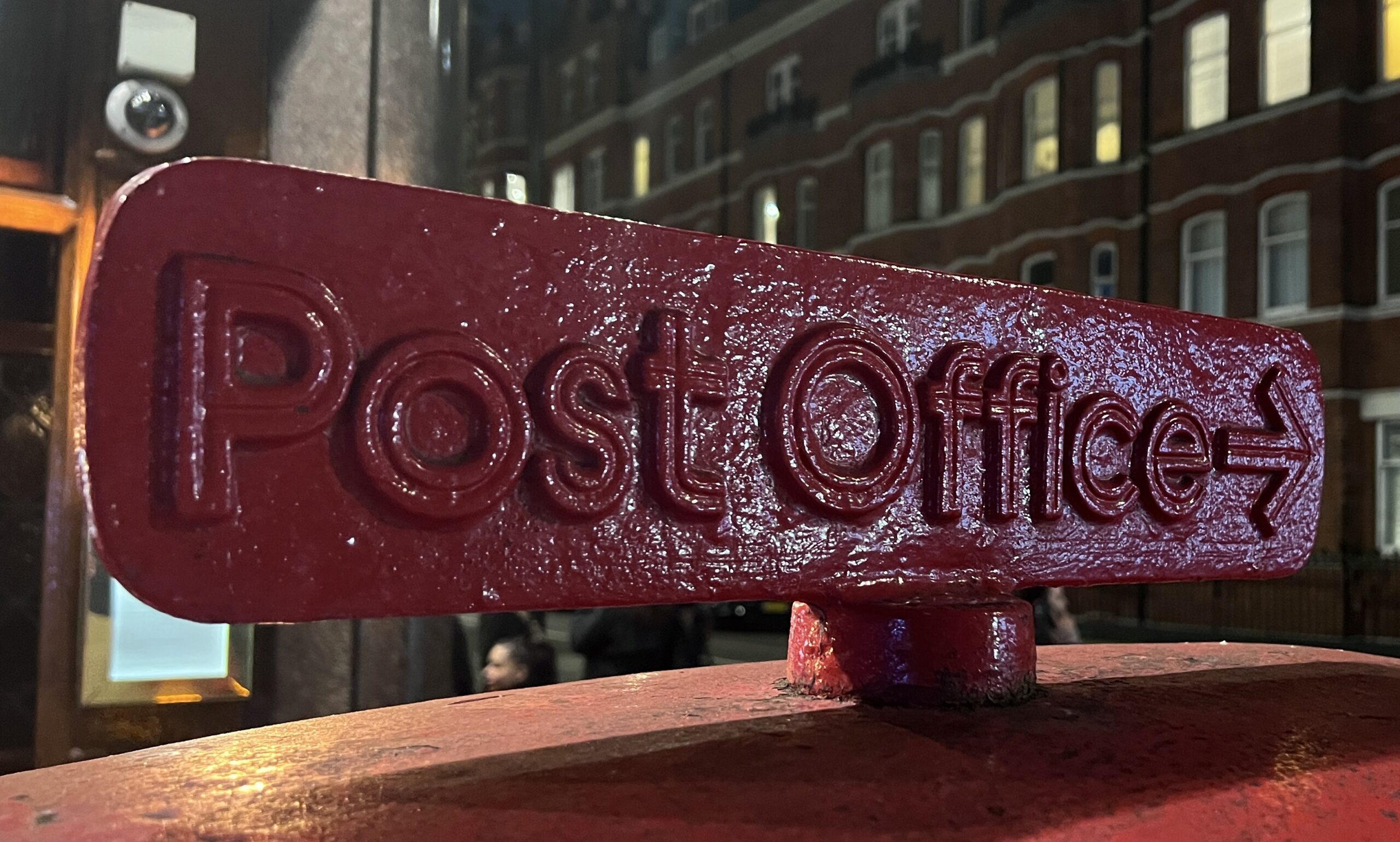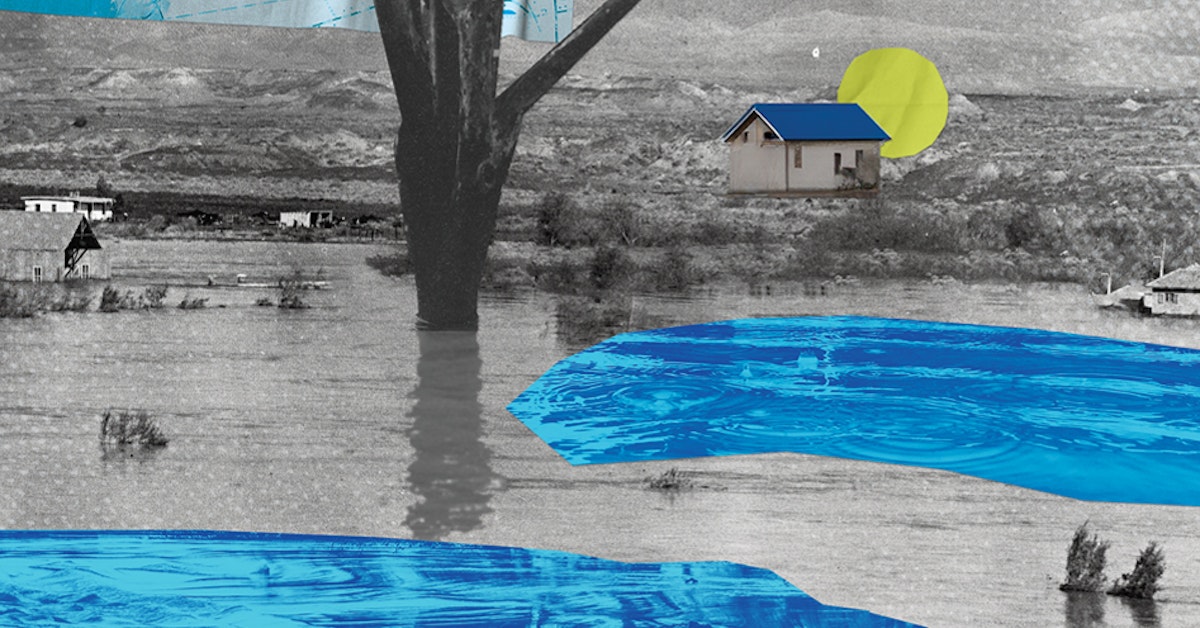
The Lunacy Of Rebuilding In Disaster-Prone Areas
Why do we keep rebuilding (and subsidizing) areas that are all but certain to flood again, to burn again, to fall into the ocean? It’s time to rethink climate adaptation, with retreat as the first step.
Brian Stone Jr. is a professor in the School of City and Regional Planning and director of the Urban Climate Lab at the Georgia Institute of Technology. This essay is adapted from his recent book, “Radical Adaptation: Transforming Cities for a Climate Changed World” (Cambridge University Press, 2024).
In the months after Hurricane Katrina, New Orleans proposed a flood control program unlike any other in U.S. history. Developed by the Bring New Orleans Back Commission, a diverse group of stakeholders appointed by the mayor, the resulting plan called for large parts of the city to be converted from longstanding residential zones to floodable parks. Released to the public in the form of a map, large green circles were positioned over neighborhoods where owners would be forced into buyouts. These were some of the most historic districts in a very historic city — the Lower Ninth Ward, St. Claude, Gentilly — and almost exclusively in majority Black and marginalized neighborhoods.
Christened in the press as the “Green Dot” map, the proposal ranks among the most profoundly unsuccessful plans ever issued by a municipal body and would never be put to a vote in the city council. But it would give life to an idea that has only grown more compelling in the subsequent decades: We cannot engineer our way out of climate change; retreat is inevitable — and not just in coastal cities.
